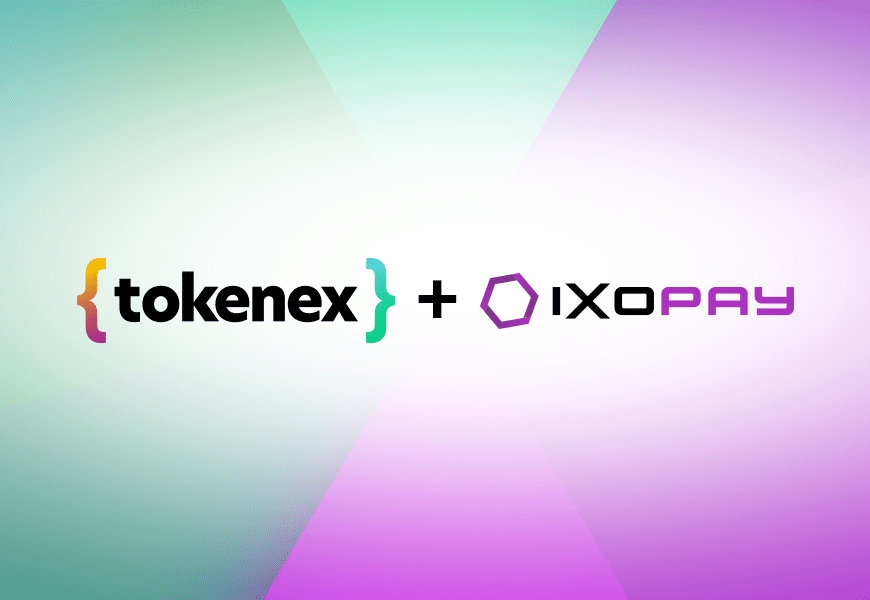In today’s digital age, more businesses are offering contactless payment methods for customers, such as card-not-present (CNP) transactions. CNP transactions grew 23 percent in 2021 and will continue to gain speed due to the convenience of paying remotely. This includes all types of companies, from gas stations to hair salons. Card-on-file (COF) transactions are a convenient solution that saves time, energy, and money for businesses and customers alike. Additionally, this payment type doesn’t require customers to touch a point-of-sale (POS) device or manually enter their credit or debit card numbers for each repeat purchase, which many will appreciate. Keep reading to learn everything you need to know about card-on-file transactions.
What Are Card-On-File Transactions?
Card-on-file transactions are when cardholders authorize merchants to store their payment information securely and bill cardholders’ stored accounts for future purchases. A common example is when a family joins a local gym. When filling out paperwork, they will likely be asked to agree to provide their credit or debit card information for recurring monthly payments. Once authorized, the gym can automatically bill the customers with their stored payment details.
Indeed, COF transactions are more efficient and less time-consuming than manually entering card details or requesting this information for each billing cycle. Card-on-file payments can also enable other transaction types, such as subscription and recurring payments. This payment service is possible due to cloud tokenization, which replaces sensitive cardholder data with payment tokens that can safely be used to process transactions. Cloud tokenization also reduces PCI scope by storing card information outside your internal systems.
How Do Card-On-File Transactions Work?
There are two methods to implement card-on-file transactions – through customers or merchants. The billing process is based on the agreements established between the merchant and customers. Businesses can receive customers’ consent to the COF terms, such as by asking customers to:
- Fill out an online form
- Provide their card details over the phone or
- Enter their card at a POS terminal and sign a receipt
1. Consumer-Initiated Transactions (CIT) – this occurs when the consumer is present and provides their payment details to the merchant, such as at a POS terminal in-store or on an online checkout page. Indeed, CITs offer proof that the legitimate cardholder was involved in and authorized the transaction (e.g., chip data with cryptograms in-store or card verification values like CVV, CVC, or CVV2 for online purchases).
2. Merchant-Initiated Transactions (MIT) – this requires a previous consumer-initiated transaction to take place, which authorizes a merchant to initiate a transaction without the cardholder being present, nor is any additional card validation required. Indeed, this type of transaction relies on a prior agreement between the customer and merchant that their stored payment information will be used for recurring subscriptions, automated billing, or unscheduled transactions.
The Benefits of Card-On-File Payments
Aside from receiving consistent, timely customer payments, there are other card-on-file benefits for businesses.
1. Optimize Cash Flow and Business Efficiency
By using COF payments, you can use customers’ stored payment credentials on file to set up automatic recurring payments, create flexible payment tiers, update subscriptions, and more.
As for business efficiency, card-on-file transactions make it easy for businesses to ask for customers’ payment information once and then use it to maintain revenue. Indeed, this payment solution makes it easier to see how much you generate monthly. This data can help your business make more effective decisions regarding revenue outlooks and staff management and find areas to address and improve based on customer needs.
2. Save Time
Managing payments is one of the many tasks required to run a successful business. It’s not hard to quickly become overwhelmed due to asking for customers’ credit or debit card information for every repeat transaction. This is also frustrating for customers, especially when they use the same payment method.
To help save businesses time, they can offer card-on-file transactions and, thus, avoid chasing down people to collect payments. With extra time saved, companies can focus their time and energy on gaining new customers, developing new products or services, and achieving sustainable growth.
3. Improve Customer Checkout and Payment Experiences
A consistent, frictionless, and seamless payment process is essential for existing and new customers. Once a customer’s payment card is on file, businesses can automatically charge their stored card credentials and process a transaction without requiring additional verification. Customers can enjoy zero interruptions for future purchases.
With COF transactions, companies can send personalized invoices via email or text so customers can choose their preferred payment methods. After customers’ payment details are automatically saved to their accounts, businesses can easily use this stored information for each customer’s lifecycle. It should also be easy for customers to update their stored payment credentials if they change bank accounts.
Card-on-file transactions are an effective solution to help improve your payment experience. After all, customers want fast, frictionless, and secure checkout experiences that give them peace of mind that your business is trustworthy and reliable. If a checkout page is slow or requires too many complicated steps, this can lead to cart abandonment and lost opportunities to gain or retain customers.
Looking to understand the ever-changing payments market? Learn more about payments trends and more in the 2022 Gartner® Market Guide for Digital Commerce Payment Vendors report.
Maximize Your Business Revenue Opportunities
In addition to using card-on-file transactions, keeping your customers’ card details up-to-date is crucial. If a customer’s card expires, this can prevent your business from successfully charging a stored card on file and receiving the appropriate funds for the products and services being used. While this may not seem like a big deal, it will quickly become an issue when this happens to hundreds to thousands of customers’ cards throughout your business.
To address this common issue, consider using an account updater service. Account updater automatically updates outdated credit card information on file within a merchant’s payment vault. If you want to learn more about account updater or payment optimization, contact TokenEx, a leading cloud tokenization provider based in Oklahoma.
Want to optimize your payments?
Gartner, Market Guide for Digital Commerce Payment Vendors, By Dayna Radbill, Akif Khan, 2 December 2022.
GARTNER is a registered trademark and service mark of Gartner, Inc. and/or its affiliates in the U.S. and internationally and is used herein with permission. All rights reserved.
Gartner does not endorse any vendor, product or service depicted in its research publications and does not advise technology users to select only those vendors with the highest ratings or other designation. Gartner research publications consist of the opinions of Gartner’s Research & Advisory organization and should not be construed as statements of fact. Gartner disclaims all warranties, expressed or implied, with respect to this research, including any warranties of merchantability or fitness for a particular purpose.















